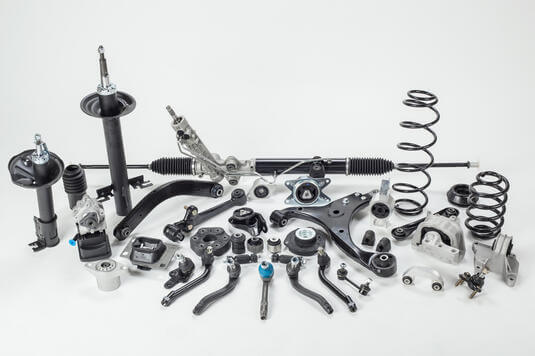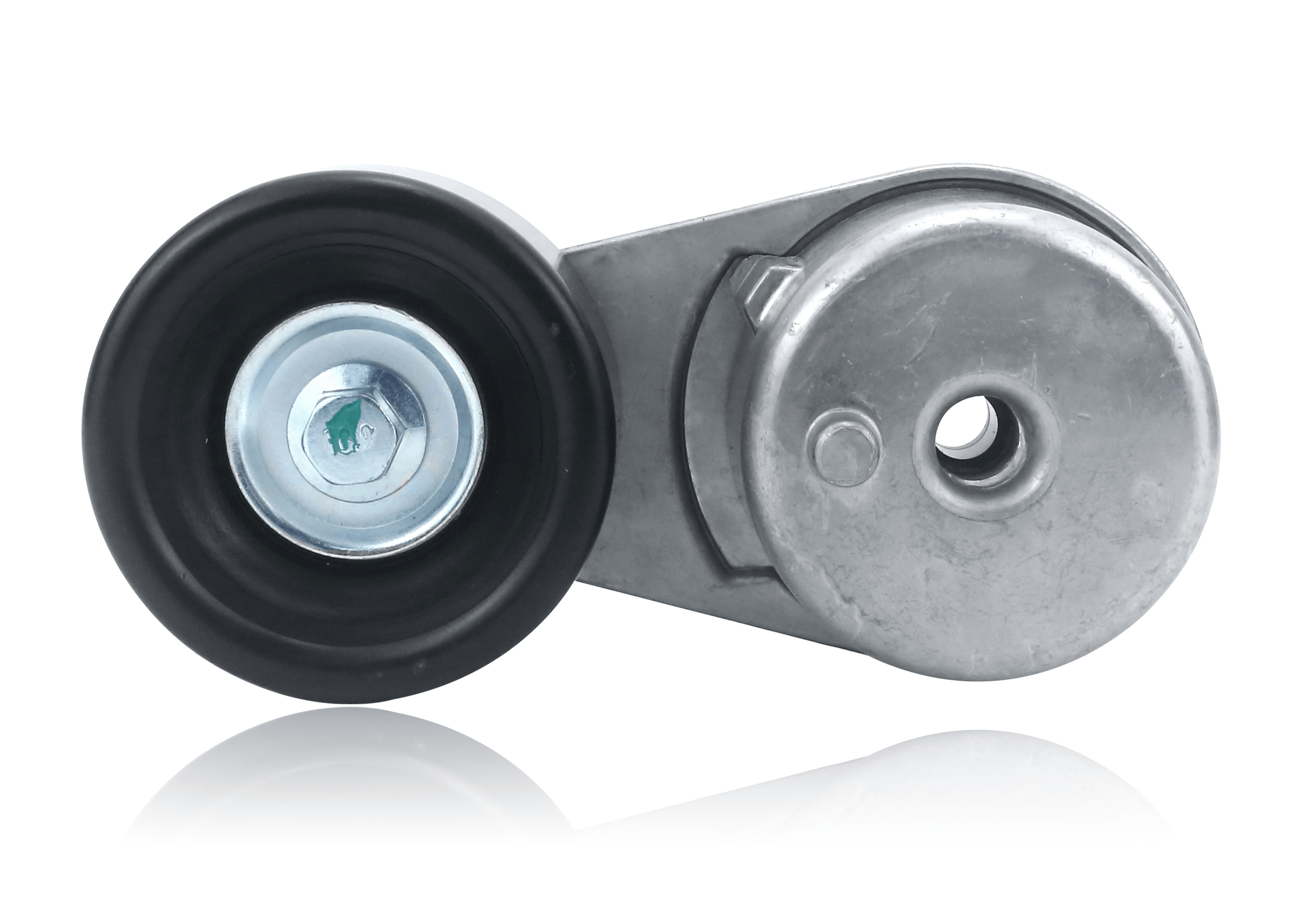The Importance of Efficient Auto Parts Machining
One area that often requires careful attention is auto parts machining. This process involves shaping and finishing various components of a vehicle, such as engine parts, transmission components, and brake system elements. By optimizing the auto parts machining process, manufacturers can improve productivity, reduce costs, and enhance the overall performance of their vehicles.In the automotive industry, efficiency is key. Every aspect of the manufacturing process must be optimized to ensure that vehicles are produced quickly and at a high level of quality.
Why Efficient Auto Parts Machining Is Important
One of the primary reasons why efficient auto parts machining is crucial is because it directly impacts production time. The faster a manufacturer can produce high-quality parts, the quicker they can assemble vehicles and get them to market. By streamlining the machining process, manufacturers can reduce cycle times, eliminate bottlenecks, and increase overall throughput. This not only allows them to meet customer demand more effectively but also gives them a competitive edge in the industry.
Efficiency in auto parts machining also has a significant impact on cost reduction. Machining is a labor-intensive process that requires skilled operators, expensive equipment, and a significant amount of energy. By optimizing the process, manufacturers can minimize waste, reduce downtime, and improve resource utilization. For example, implementing advanced machining techniques, such as high-speed machining or multi-axis milling, can significantly increase material removal rates and reduce machining time. This not only saves money but also reduces the environmental impact of the manufacturing process.
Furthermore, efficient auto parts machining can enhance the overall performance of vehicles. Machined components play a critical role in the functionality and reliability of a vehicle. If these parts are not machined to the highest standards, they can lead to premature wear, decreased fuel efficiency, and even safety issues. By optimizing the machining process, manufacturers can ensure that each component meets the required specifications and performs as intended. This not only improves the overall quality of the vehicle but also enhances customer satisfaction and brand reputation.

To optimize the auto parts machining process, manufacturers can employ various strategies. One way is to invest in advanced processing technology and equipment. For example, computer numerical control (CNC) machines offer greater precision, flexibility, and automation capabilities to generate more revenue than traditional manual machines. And by using CNC machines, manufacturers can achieve higher processing speeds, tighter tolerances and better surface finishes. In addition, implementing cutting-edge software solutions such as computer-aided manufacturing (CAM) systems can further increase efficiency by optimizing tool paths, reducing programming time and minimizing errors.
Another strategy for optimizing auto parts machining is to focus on continuous improvement. This involves regularly evaluating and refining the machining process to identify areas for enhancement. By analyzing data, monitoring performance metrics, and soliciting feedback from operators, manufacturers can identify bottlenecks, eliminate waste, and implement process improvements. Additionally, investing in employee training and development can ensure that operators have the necessary skills and knowledge to maximize efficiency and quality.
In conclusion, efficient auto parts machining is of utmost importance in the automotive industry. By optimizing the machining process, manufacturers can improve production time, reduce costs, and enhance the overall performance of their vehicles. This not only allows them to meet customer demand more effectively but also gives them a competitive edge in the industry. By investing in advanced machining technologies, focusing on continuous improvement, and prioritizing employee training, manufacturers can achieve optimal results and drive success in the automotive market.
